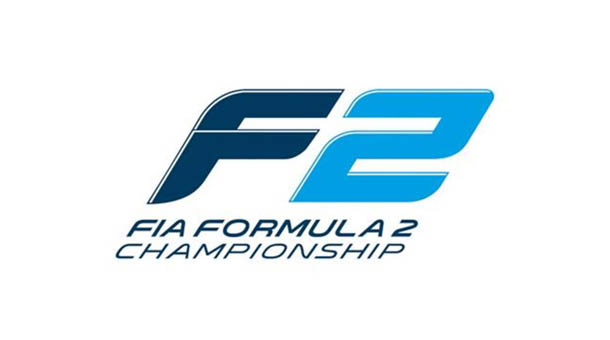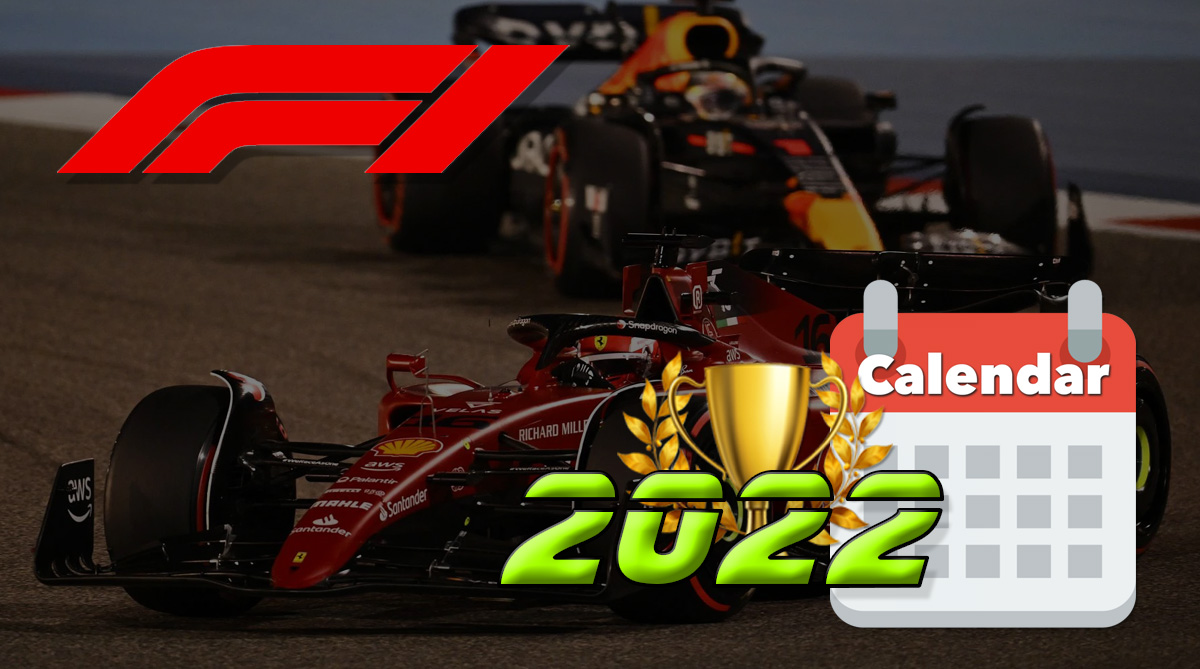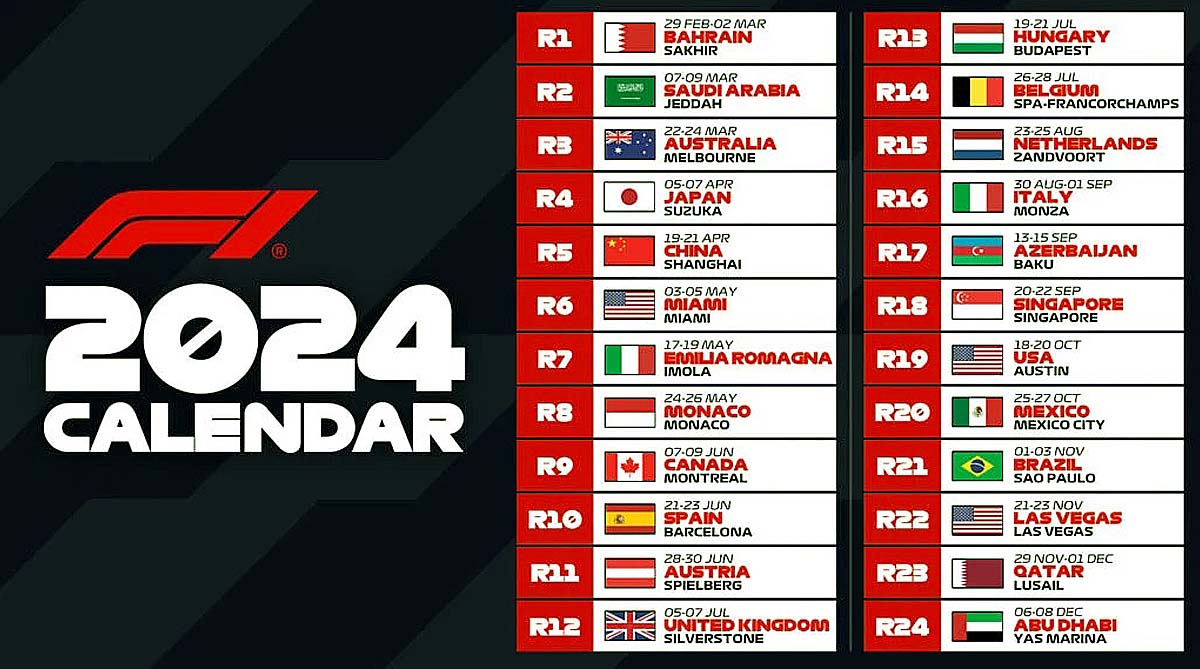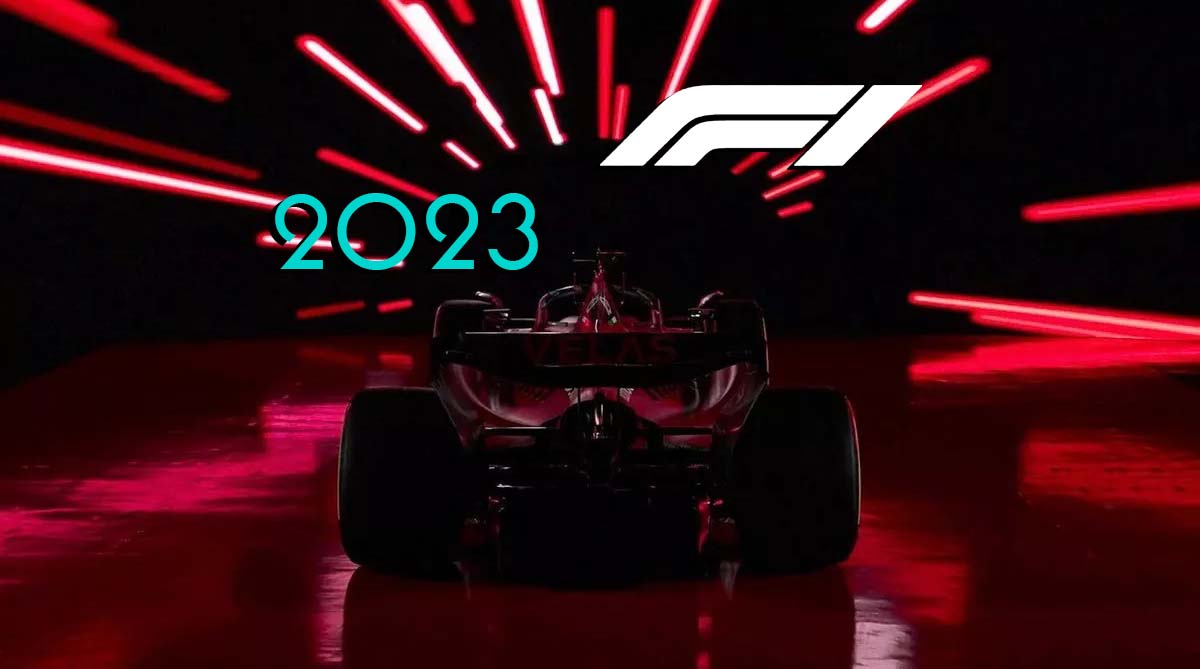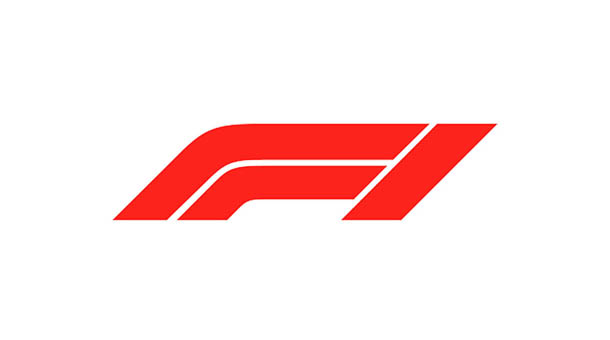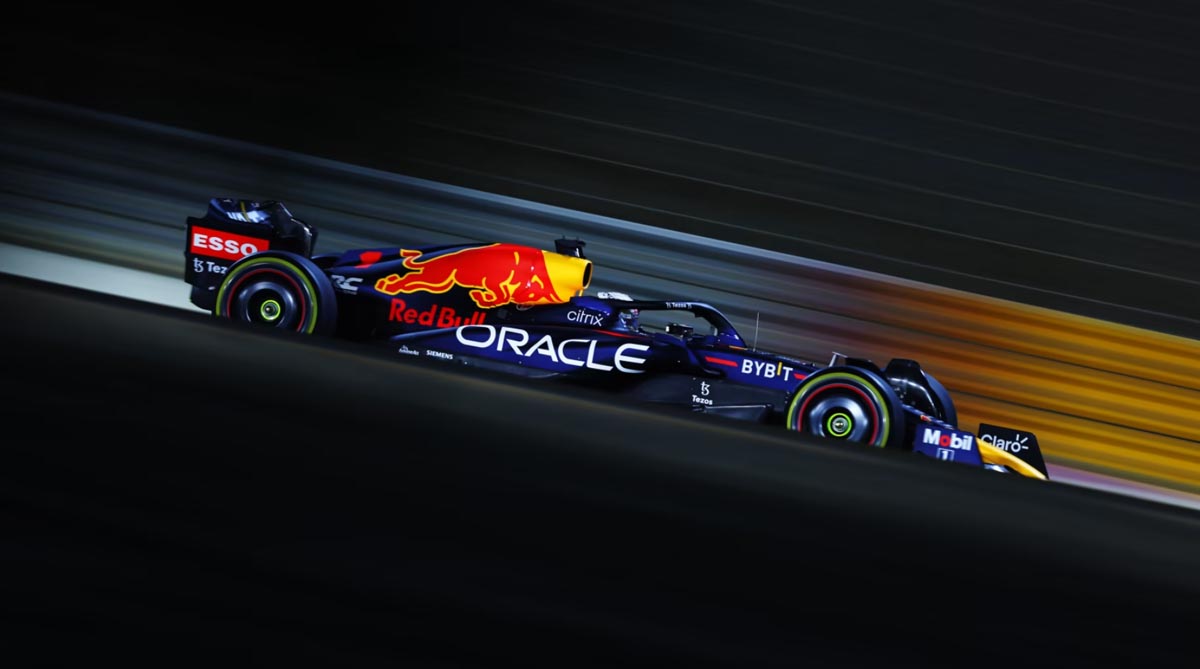Formula 2 is an open-wheel car racing series that occupies an intermediate position between Formula 1 and Formula 3. The idea to organize races of small cars appeared in the 20-30s of the twentieth century, but finally took root in 1948. Having gone through several transformations, Formula 2 still exists today.
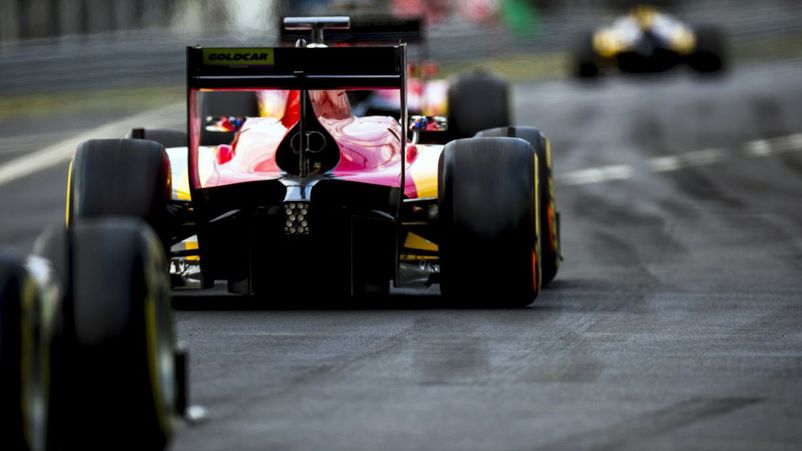
FORMULA 2 HISTORY
In the 20-30s of the twentieth century, in order to popularize auto racing, it was proposed to hold competitions of small cars. They were attended by private pilots who did not have a professional license and small automakers whose finances did not allow them to create cars for the Grand Prix. The engines of the cars were not supposed to exceed 1.5 liters, while the vehicles for the Grand Prix had 4.5 liter engines or power units with 3 liter turbines.
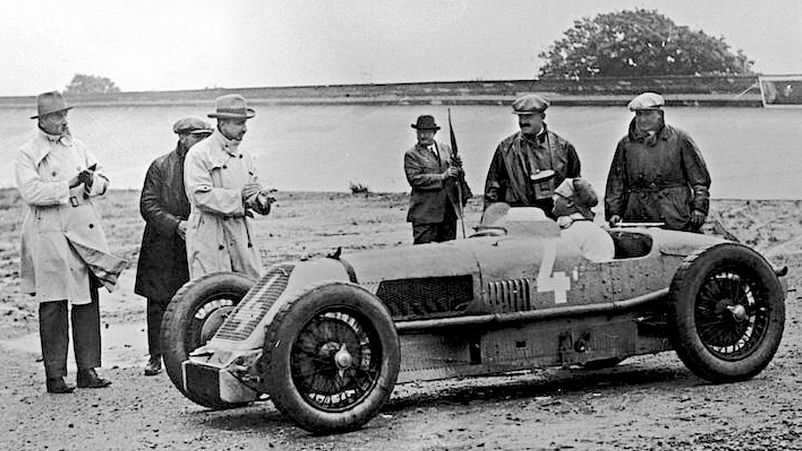
In 1946, Formula-A was created and transformed into F1. The regulation allowed to leave aspirated 4.5 liters, and turbo engines were limited to 1.5 liters. This expanded the number of people wishing to participate in the Grand Prix and in 1948 the power units approached the serial versions, and the volumes were limited to 2 liters for atmospheric engines and 0.75 liters for turbocharged ones. Such changes, leaving no room for competition below Formula 1, led to the birth of the Formula 2 regulations (originally Formula B), which allowed the use of 2-liter engines with a 0.75 cc supercharger. There were more and more people wishing to take part in the races, the manufacturers of the second row drew attention to this class and it became a forge of personnel for the "Royal Races". In the 50s, this format became so popular that many races were held as part of the Formula 2 championship.
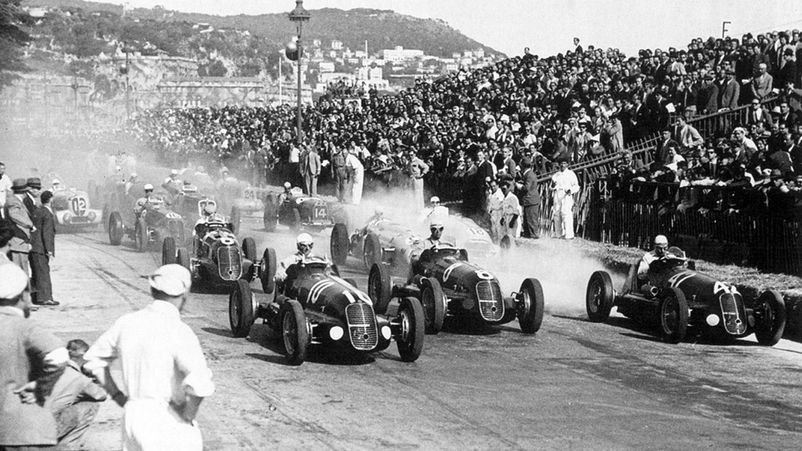
F1's decision to switch to supercharged 2.5-liter engines caused a decline in the popularity of Formula 2, but in 1957 the F2 technical regulations were changed in favor of 1.5-liter engines. Cooper dominated here with a rear engine compartment - a new idea in those days and independent suspension, it was soon replaced by an updated Ferrari. By the end of the 1950s, the convergence of requirements effectively merged both championships, and in 1961 Formula Junior became the new junior class.
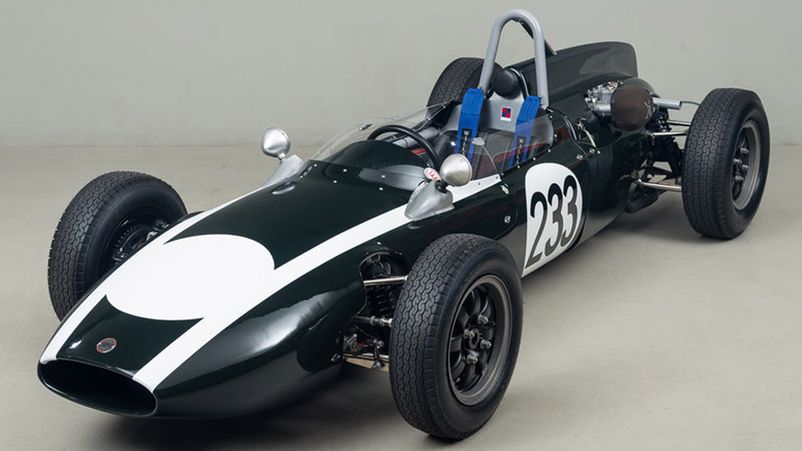
By 1964 Formula Junior had been broken up into several separate series. Seniors were one-liter naturally aspirated engines from Cosworth and Honda, which were joined by other manufacturers. By 1967, the European Championship was organized and the FIA allowed to increase the engine capacity to 1.6 liters with the possibility of refining factory samples. In 1972, 6-cylinder two-liter power units were allowed, which led to an increase in the number of participants, but reduced the popularity of the competition, since too much depended on the experience of the team and the driver.
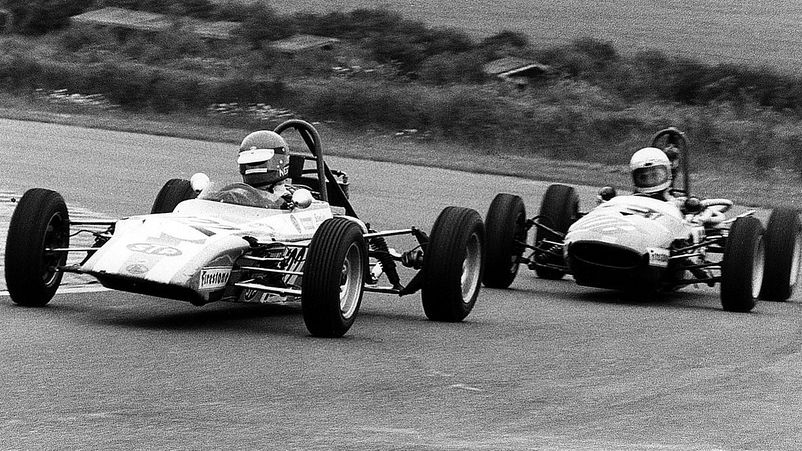
Since 1976, the dominance of Renault engines created specifically for racing began, but by the end of the 70s they were pushed out by BMW and Ferrari. In the early 80s, Honda returned to the series with a V6 with increased power. This led to a decrease in competition and another decline of Formula 2.
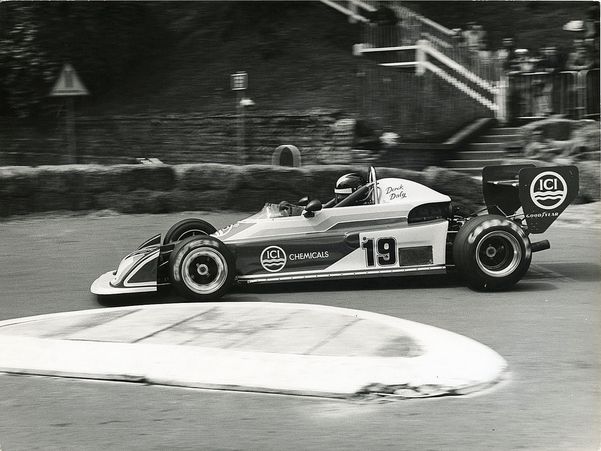
For the 1985 season, Formula Two was replaced by Formula 3000, using a similar chassis and supercharged 3.0 L V8 engines from Cosworth. In 2009, the organizers decided to return to Formula 2 using a single supercharged Audi 1.5 liter engine and a Williams chassis.
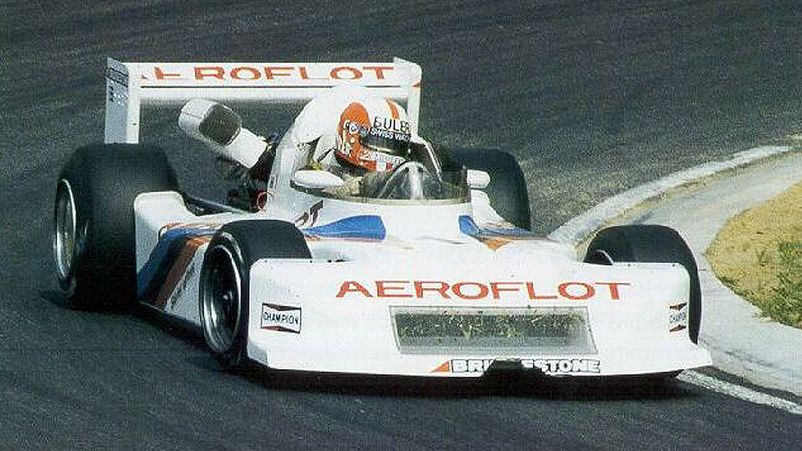
They cost £195,000 to maintain during the season, but the series was canceled in 2013. As part of the development of the FIA in 2017, Formula 2 was revived on the basis of the GP2 closed racing series.

FORMULA 2 COMPETITION DESCRIPTION
The Formula 2 racing stage is held on Friday, Saturday and Sunday, according to the calendar approved in advance. During the Friday session, half an hour is allotted for free practice, then 30 minutes are given for qualifying races. At the end of qualifying, the cars line up on the starting grid.
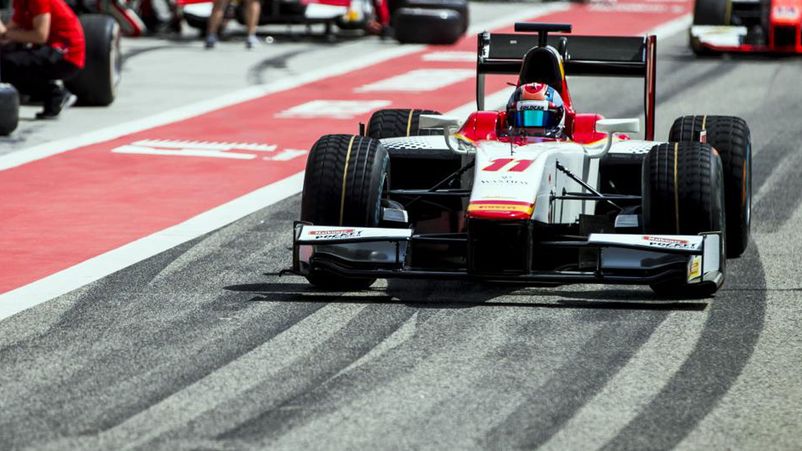
The first part of the races is held on Saturday, the start is given from the spot, the distance is 170 km. The exceptions are the stage in Budapest, with a distance of 160 km and in Monaco, where the cars travel 140 km.
If within an hour the distance is not overcome, the race stops, the position of the cars at the moment the race was stopped is taken into account. In the race, you need to make at least one pit stop and change a pair of wheels.
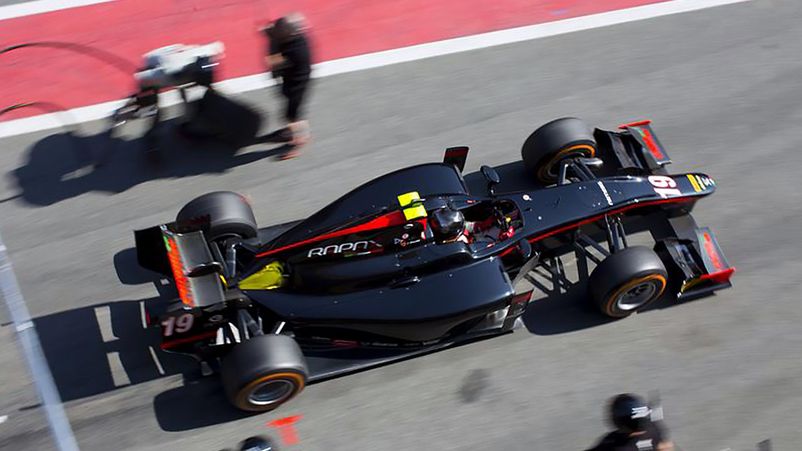
The second part of the Formula 2 competition takes place on Sunday and is called the sprint. The cars are placed on the starting grid according to the results shown on Saturday, but the first eight are changed by starting grid numbers. The pilot who takes 8th place starts from 1st place, 7th - from 2nd place and so on. The driving distance is 120 km, except Monaco where it is limited to 100 km. Check-in time limit is 45 minutes.
The participant who set the best time in the race additionally receives 2 points. For one stage, you can earn 48 points.

The driver and the team with the most points in the season become champions.
TECHNOLOGY USED IN FORMULA 2
In 2017, the car was equipped with a gasoline atmospheric Mecachrome V8, with a volume of 4 .0 l and a maximum power of 612 hp, with a torque of 500 Nm. The mass of the car was 688 kg. Since 2018, it is planned to install a turbocharged version of the engine from the same manufacturer with a volume of 3.4 liters. It will provide 620 hp. with a torque of 600 Nm. This will allow the car to accelerate to 200 km / h in 6.6 seconds. The maximum speed will be 335 km / h with optimal aerodynamic settings. The new motor will have a resource of 8000 km, and the weight of the car will increase to 720 kg.
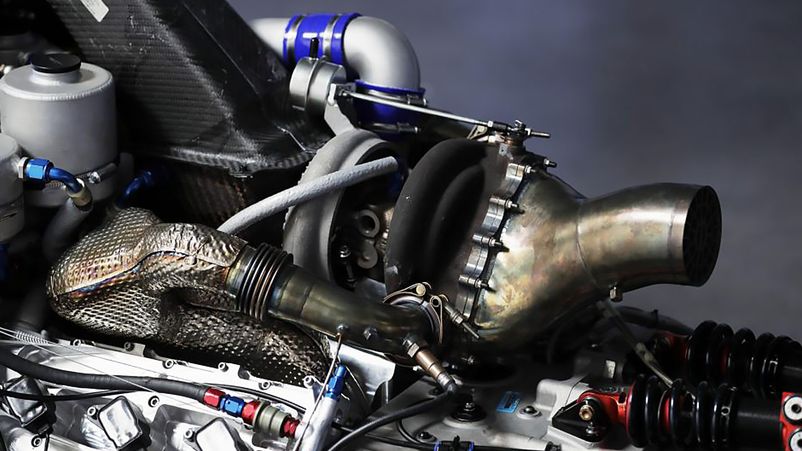
The aerodynamic body kit of Formula 2 cars remains classic with a system of anti-wings and a bottom with a diffuser that creates additional downforce due to the ground effect - creating a low pressure zone directly under the car. The semi-automatic transmission is developed by GearTek and includes 6 forward and 1 reverse gear. The gearbox is equipped with an electronic control system and a limited slip differential.
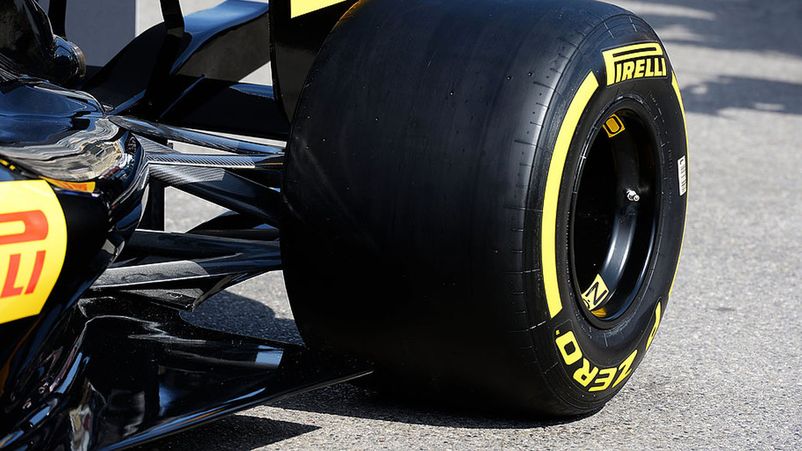
The competition regulations provide for a single tire supplier, since 2011 it has been Pirelli. Until 2005, cars ran on tires with grooves, which worsened aerodynamics and traction. In 2006, this rubber was replaced with slicks.
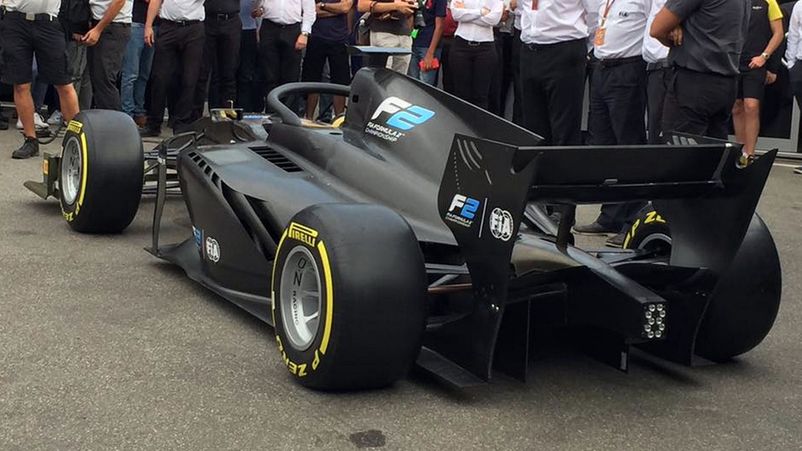
The car is equipped with active and passive safety systems. From 2018, Formula 2, like F1, will receive a new Halo cockpit protection system that reduces the likelihood of injury in a crash. This is important, because the cars of the series are second only to F1 and IndyCar in terms of speed. According to the rules, teams can change the settings, achieving a local advantage. The chassis is traditionally supplied by Dallara Automobili, the latest GP2/11 in operation, which was replaced in 2018.

